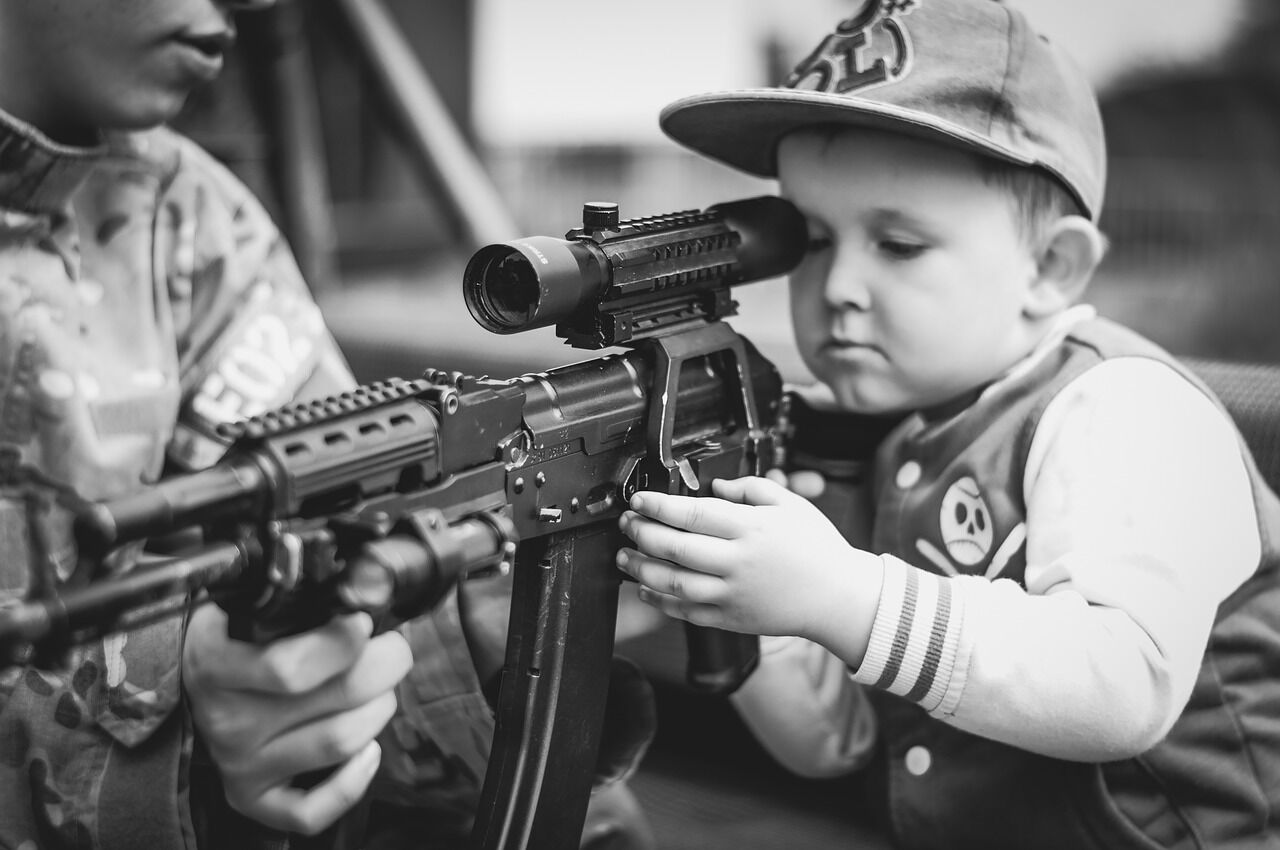Most kids are smarter than they look even at a tender age. They can take simple instructions, detect and respond positively to emergency situations.
You need to teach them the right emergency steps to take.
They should know when and how to respond if someone is in danger or when they find themselves in trouble.
Here are some emergency procedures your child should know.
Calling 911
Kids learn faster and have a good memory. If you teach them to make 911 calls during an emergency with practical demonstrations, they might save someone’s life or yours when the need arises.
Tips:
Don’t just talk without demonstration. Teach your kids of 4 years everything to need to know about making 911 calls such as;
What nine-one-one (911) means.
Make your child understand that 911 is the most important number to call in an emergency situation especially when an adult isn’t around. Also, explain to him or her that calling 911 without any cogent reason is punishable by the law.
Why should you call 911?
Explain to your child that calling 911 can save their life or that of the person in danger. Use different illustrations to show an example. You could pretend as if you are in danger and ask them to initiate such calls with a toy phone. Then, an adult can come in and pretend to rescue you after the child has provided all necessary information.
When is the right time to call 911?
Make your child understand that he or she can only call 911 when an adult isn’t around to help or when the neighbours are not around. An adult can also ask him or her to do so.
What happens when you call 911?
Explain to your child that when he or she calls the number, an emergency operator will send help to the scene to rescue the person in danger.
What to be their response when someone picks the call?
Teach your child how to respond by providing the location of the incident (house address) name, the condition of the person, and other vital information. Tell them never to end the call unless the operator asks them to.
Under what situation should they call 911?
Tell your child to use 911 under any of the following conditions; if daddy or mommy requests them to; if they discover that someone passes out. They should first attempt to wake the person up before making the call.
You need practical demonstrations to help your kids to understand better. Use a toy phone, not a real one. And explain to them that the real phone is only meant for real-life situations. Create a scene of someone in danger, and ask them to respond if as they are the only one around. Repeat this from time to time.
Additional tips for parents
- Don’t make the mistake of referring to the number as nine-eleven. Your child may not be able to dial the number correctly in an emergency situation. Refer to it as nine-one-one.
- Be sure that your child knows the house number and floor you are living. If there is a popular place around that can help the police to locate your house, always remind the child of it.
- Your house number bold and clear, so that the police can easily locate it.
- If you have elderly parents or people living with conditions like heart disease, diabetes or epilepsy, remind the child of what to do in an emergency situation and how to spot one.
Water safety skills
Teaching your child water skills is important, especially if you have a pool in your backyard. A child that is already of school age can learn how to save someone that is drowning without putting his or herself in danger.
Tips:
To demonstrate this practically, make sure you are a good swimmer. If you have a pool in your backyard, you can act like you are drowning and instruct your child on what to do.
The child’s response should be one among the following;
- Get a flotation device and toss it into the pool close to the person.
- Reach out to the person with a towel or kickboard
- Know how to open a person’s airway
Warning tips:
- Remind them of the dangers of jumping into the pool or river in such condition when they can’t swim.
- Tell them to call for help immediately. Adults who are around can help.
Conclusion
Two things happen when you teach your child the right emergency steps. They can save someone’s life or theirs. Ensure you always use practical tips to help your child to understand better. Demonstrate the situation and watch them respond. Children are fast learners. And they learn better when they are taught verbally and practically. So, follow the tips above to train your child on how to respond to emergency situations, and you will be glad you did.


